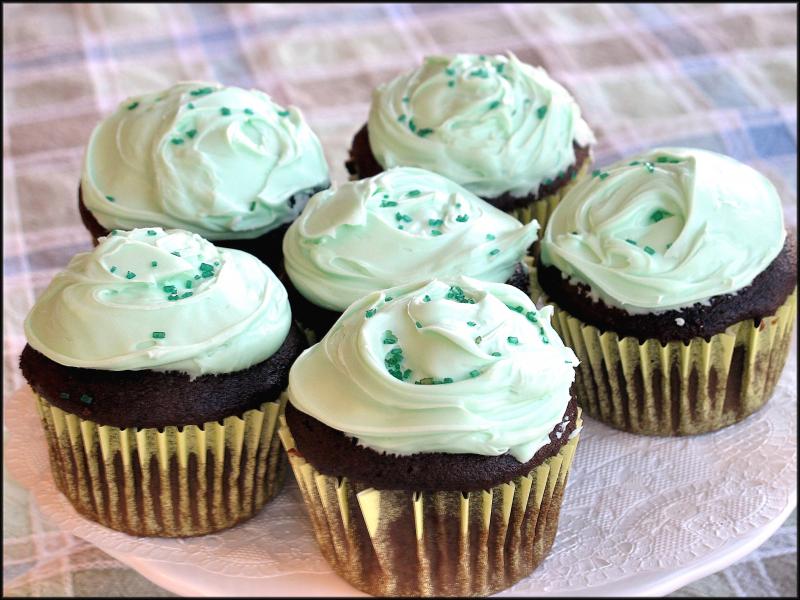Saint Patrick’s Day brings to mind all things Irish
Next Wednesday is Saint Patrick’s Day, a day typically filled with parades, green beer, and restaurant specials on corned beef and cabbage. With ongoing restrictions associated with the coronavirus pandemic, I don’t expect we’ll see the usual celebrations in full force. Even the traditional New York City parade that has been held since 1762 will be transformed into a series of virtual events.
Several local restaurants have posted plans for socially distanced musical performances, and there will likely be offers for dinner specials for dining in or carrying out. Since we haven’t yet received vaccinations for the virus, our plans won’t include venturing out to hear music and drink Guinness. Instead we’ll create our own Irish feast at home.
Groceries and specialty markets have already begun to stock popular ingredients, starting with the basics – cabbage and corned beef. Green cabbage is in abundant supply, and corned beef is all over the butcher aisles. Corned beef, known as brisket, is from the lower chest muscles of the animal. With lots of connective tissue, it needs long, slow cooking to become tender. There are two different cuts – the point cut and the flat cut.
The point cut sections are thicker with more marbling. As this fat melts during cooking, the result will be flavorful, tender and juicy. Flat cuts (sometimes called a round cut) are leaner and more regular in thickness, making them easier to slice and prettier in presentation. To select your corned beef at the store, squeeze the package to make sure the meat is firm. If it’s soft or squishy, there’s likely too much fat on the flesh.
To create a “corned” beef, the brisket is brined with spices, sugar and salt to cure the meat. When packaged for sale, corned beef will come with a small envelope of seasonings to add to your simmering water. These include black peppercorns, red pepper flakes, crushed bay leaves, anise seeds and mustard seeds. I often add more of each of these ingredients, as the packet contents always seem too meager.
One of the concerns with this meal is the high sodium content, which can be mitigated by not boiling the cabbage in the same pot or slow cooker as the corned beef. I prefer to steam sliced cabbage with chopped onion in a separate pan with a little vegetable broth. The same is true for boiled potatoes; to minimize the salt absorption, don’t cook them with the meat.
Now that we know what’s for dinner, I’ll offer a glimpse into some of the murky history associated with the holiday. To begin with, Saint Patrick was not Irish, and he didn’t chase out any snakes. Leprechauns featured in Irish fables appeared as very small, old men, who were not originally the cheerful imps connected to Lucky Charms cereal, but shoemakers known as nasty tricksters.
However, everyone is Irish on Saint Patrick’s Day, and to round out your meal, I’ve included a recipe for traditional Irish soda bread that doesn’t have all the extra ingredients you’ll see in other recipes. This is the basic version, made from pantry staples and without butter, eggs or raisins. For the chocolate cupcakes in the photo, be sure to add some green food coloring to your icing – the perfect dessert to enjoy with a Guinness. Happy St. Pat’s!
Irish Soda Bread*
3 C flour
1/2 t salt
1 t baking soda
1 1/2 C buttermilk
1/3 C flour for kneading
Preheat oven to 450 F. Cover a baking sheet with parchment paper; set aside. Sift together the flour, salt and baking soda in a large bowl. Make a well in the center and pour in the milk. Mix in the flour from the sides of the bowl until the dough is soft, but not wet and sticky. Turn out the dough onto a floured work surface. Knead the dough lightly for a few seconds, then pat into a round almost 2 inches thick. Place it on the prepared baking sheet and cut an X in the center of the dough. Bake for 15 minutes, then reduce the oven temperature to 400 F. Continue baking until the top is golden and the bottom of the bread sounds hollow when tapped, about 25 minutes. Remove from the oven, wrap loosely in a kitchen towel and cool slightly. Serve warm with butter and jam. *Note: adapted from cooking.nytimes.com.
Chocolate Cupcakes
3/4 C flour
1/2 C unsweetened cocoa powder
3/4 t baking powder
1/2 t baking soda
2 eggs
1/2 C sugar
1/2 C packed brown sugar
1/3 C olive oil
2 t vanilla extract
1/2 C buttermilk
Preheat oven to 350 F. Line a 12-cup muffin pan with cupcake liners; set aside. Whisk together flour, cocoa powder, baking powder and baking soda in a large bowl; set aside. In a medium bowl, whisk together eggs, granulated sugar, brown sugar, oil and vanilla until combined. Pour half of the wet ingredients into the dry ingredients and add half the buttermilk. Gently whisk together. Repeat with the remaining ingredients and stir just until combined. Fill the prepared muffin cups halfway with batter. Bake until a cake tester comes out clean, about 20 minutes. Allow to cool in the pan before removing to a rack to cool completely. Frost when cooled. Yield: 12 cupcakes.
Buttercream Frosting
1/2 C softened butter
1 1/2 t vanilla
2 C confectioners sugar
1 T milk
Combine butter and vanilla in a mixing bowl and beat until fluffy. Add sugar and beat on low until completely incorporated. Turn mixer to medium and beat, scraping down the sides of the bowl. Add milk and beat until smooth. Optional: add 4 or 5 drops of food coloring and beat to combine.
























































